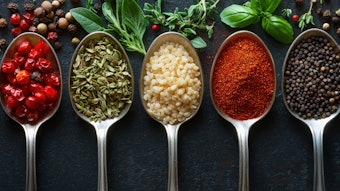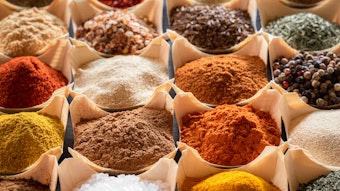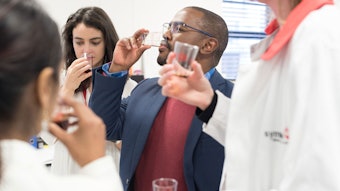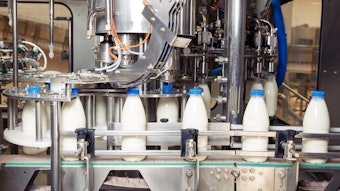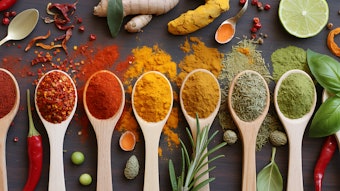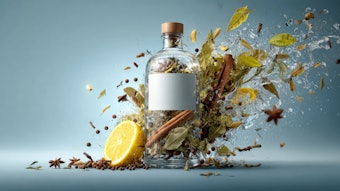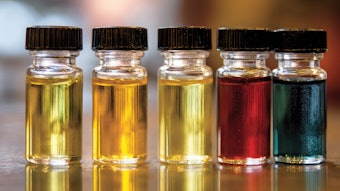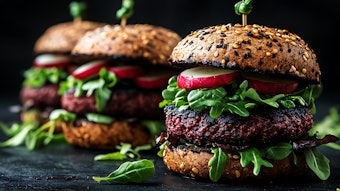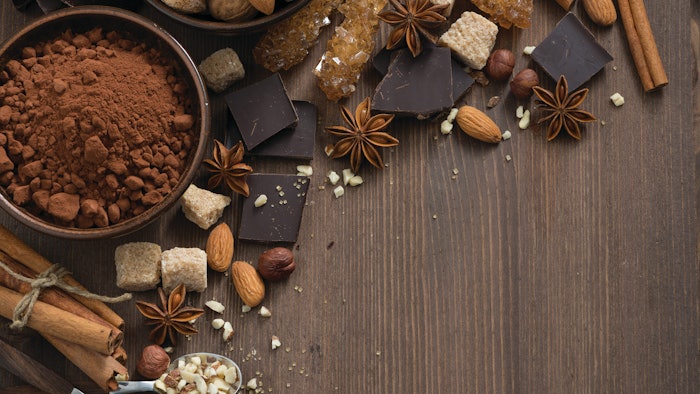
My first encounter with a problem driven by a chemical impurity in a raw material was fairly dramatic. The difference between the standard grade of dimethyl sulfide in a fresh raspberry flavor and a more expensive, highly purified grade was chalk and cheese. The pure material expanded the flavor dramatically at quite high levels. The standard material resulted in a vile off-taste even at low levels. The culprit was dimethyl disulfide (FEMA# 3536, CAS# 624-92-0). This chemical is so much more powerful than dimethyl sulfide that even low levels as an impurity overwhelm the dimethyl sulfide. Dimethyl disulfide became firmly established in my mind as an arch-villain and it was quite a while before I was prepared to look at it as an ingredient in anything.
As with so many of my fixed ideas, I was wrong. The rather unpleasant and putrid profile of dimethyl disulfide can play an interesting role in quite a number of flavors, just not in raspberry.
Note that the dose rates given throughout this article are the levels suggested for use in flavors intended to be dosed at 0.05% in ready-to-drink beverages or in a simple bouillon.
For the full article, please check out the Perfumer & Flavorist+ April 2022 issue.
